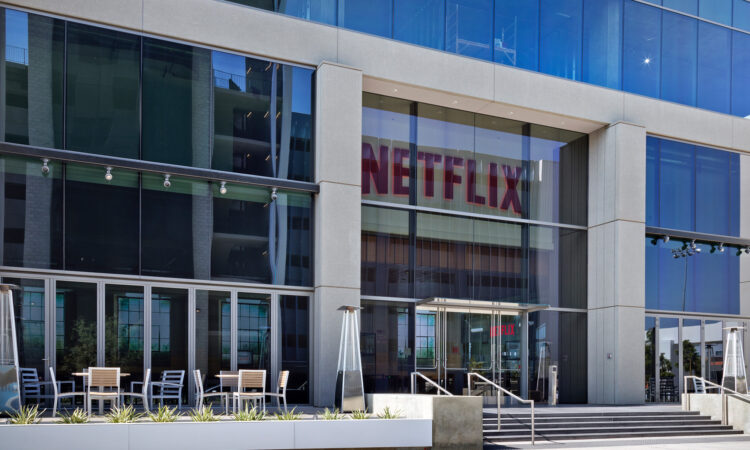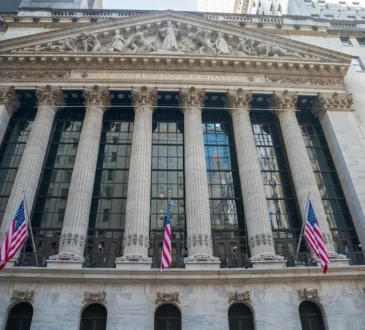Meet the Newest Stock-Split Stock in the S&P 500 — Up 97,000% Since Its IPO and a Buy Now, According to Wall Street

The company is still brimming with opportunity, and Wall Street has this one right.
The market loves a new stock split. It isn’t every day that a stock gets so big that management feels the need to split it, and it implies strong growth and positive investor sentiment.
The newest hot stock split on the market is Netflix (NFLX 0.40%). The streaming giant keeps coming up with new tricks to stay on top of the industry, and it’s come through many changes and challenges to keep its dominant spot.
That’s why the company has grown from a DVD subscription company into the streaming giant it is today. Its stock has matched that, gaining 97,000% since its initial public offering (IPO) in 2002.
There have been several times over the past 20-odd years when the stock lost a lot of its value, including losing 51% of its value in 2022, and times when it looked like it was in danger from increasing competition and a changing industry. But the humble streamer, which first started creating original content in 2012, has changed along with it, keeping its spot as the leader. Investors who have stuck with it through thick and thin have been amply rewarded.
The company’s last stock split was 10 years ago, and it’s gained 1,000% since then, reaching $1,000 earlier this year. Management announced a 10-for-1 stock split earlier this month, and the market responded with enthusiasm. Let’s look at what’s happening with this exciting company and whether you should buy it today.

Image source: Netflix.
Staying on top of streaming
Netflix stopped reporting subscriber count earlier this year, but as of January, it has more than 300 million subscribers worldwide. It has made many moves to get more viewers and squeeze out more revenue, such as investing in new content and raising prices on subscriptions. The company also has a fairly new ad-supported tier, and it’s added games as a category.
This all comes together for excellent performance. Revenue increased 16.7% year over year in the third quarter, and operating margin is healthy and strong. The company has a slate of popular content on home screens and coming in the fourth quarter, including its most popular film ever, KPop Demon Hunters, as well as the final season of Stranger Things.
Netflix is focused on producing great content, which has been the key to sticking it out and staying on top. Part of that strategy is creating great local content geared toward each of its regions, and it has truly become a global company, which provides it with robust long-term opportunities. It’s also expanded beyond the films and series that form the core of its business, with standup specials and sporting events.
It recently announced licensing deals with Mattel and Hasbro for KPop Demon Hunters products, and it also has deals with retailers like Target and Gap for licensing apparel for some of its franchises. These are all actions that take it from a streaming company into a global industry giant, and they pave new opportunities for the company to increase its presence in many areas.

Today’s Change
(-0.40%) $-0.45
Current Price
$110.77
Key Data Points
Market Cap
$47B
Day’s Range
$110.37 – $111.59
52wk Range
$80.93 – $134.12
Volume
140K
Avg Vol
36M
Gross Margin
48.02%
Dividend Yield
N/A
What Wall Street says
“Wall Street” refers to the 53 covering analysts who rate Netflix stock. Although it doesn’t have a uniform buy rating across the spectrum, which is rare in any case, analysts overwhelmingly rate Netflix a buy, with 72% in the camp. The average consensus target price on Netflix stock is 20% higher than today’s over the next 12 to 18 months, with a high of 38% and a low of a 19% loss.
Wall Street doesn’t actually know what will happen to Netflix or its stock, as you can see from the difference of opinions, and Wall Street isn’t always right. But it gives investors an idea of market sentiment and can be a helpful analysis tool as part of a broader evaluation.
Netflix isn’t likely to gain 97,000% again, but it’s still building and growing, and it could add value to almost any portfolio.




